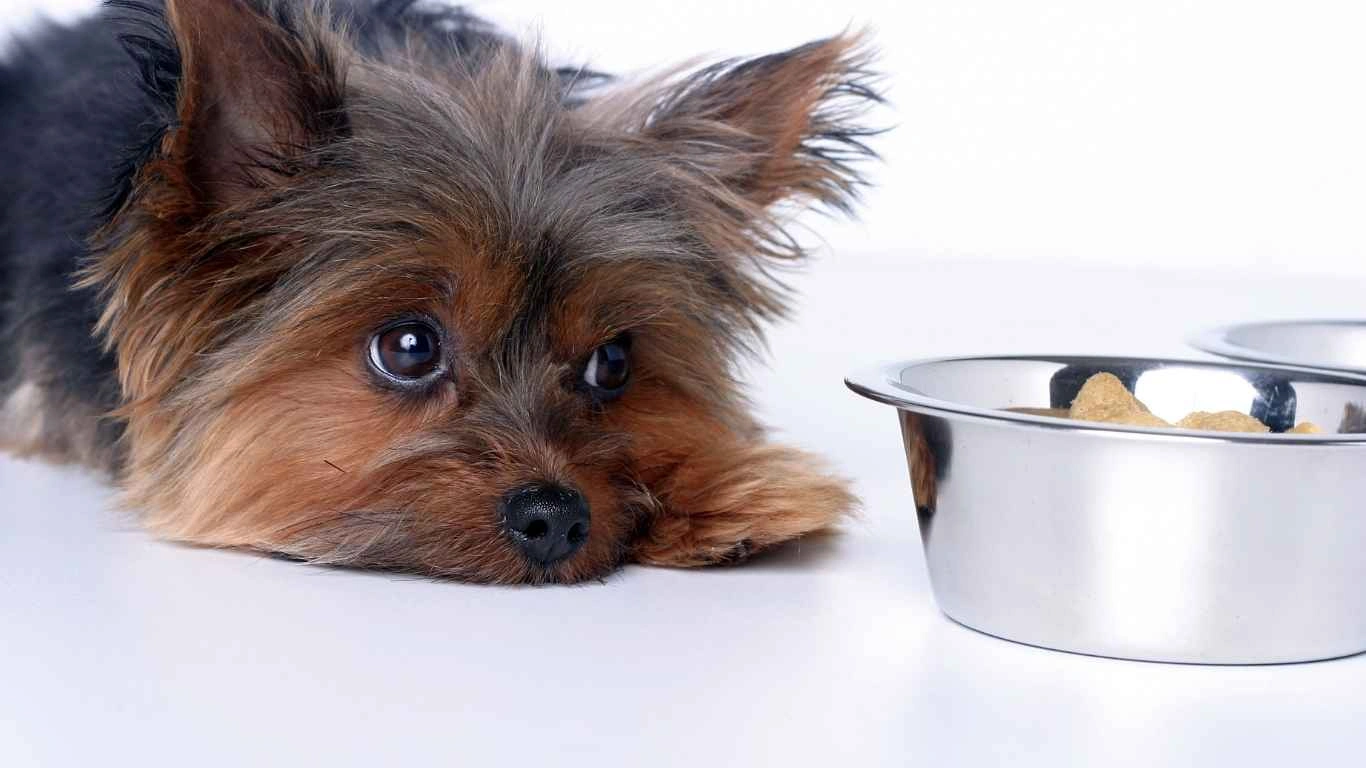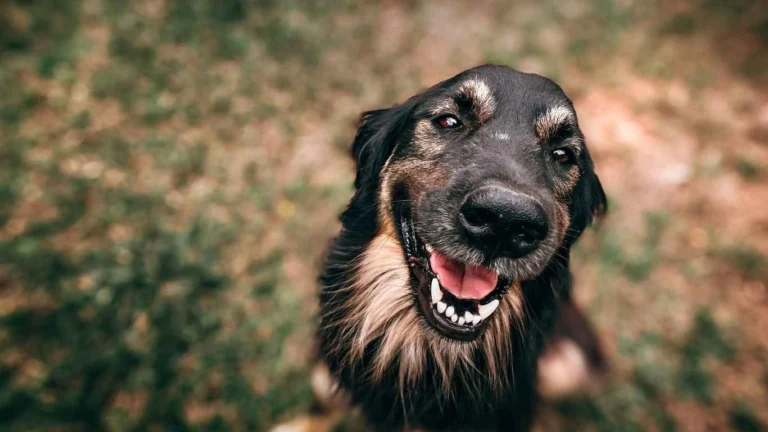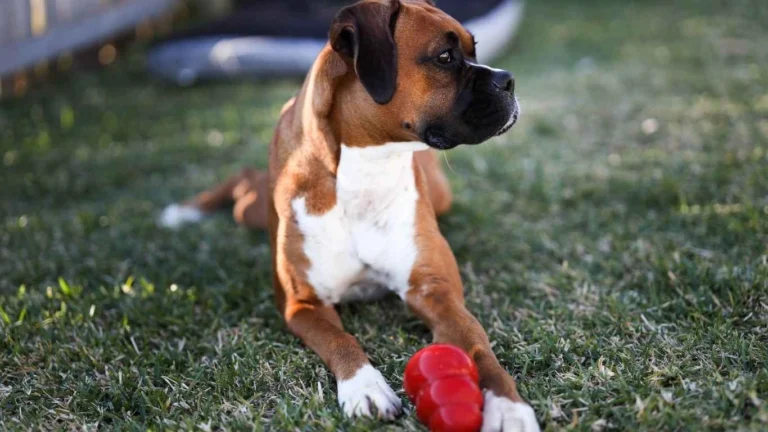Best Diet for Pregnant and Nursing Dogs That Boosts Puppy Health
If you’ve ever found yourself pacing in front of the pet food aisle, overwhelmed by choices and wondering what’s really the best diet for pregnant and nursing dogs, trust me—you’re not alone. As someone who’s spent years working closely with both anxious pet parents and tired mama dogs at shelters and vet clinics, I’ve seen firsthand how important the right nutrition can be during this crucial stage. It’s not just about giving more food—it’s about giving the right food, at the right time. And when done properly? The results can be downright incredible, for both mama and her pups.
Why Proper Nutrition Matters for Pregnant and Nursing Dogs
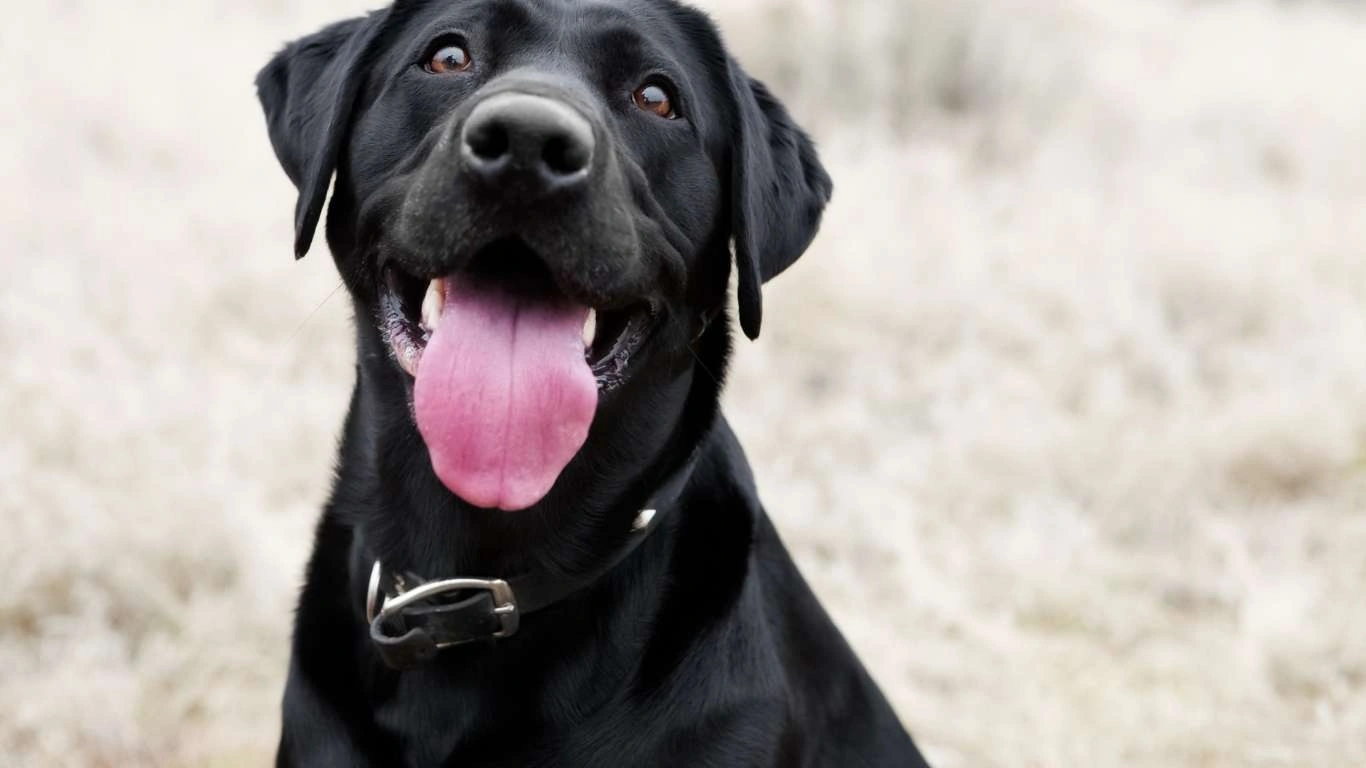
Let’s start with the obvious—growing puppies takes a lot out of a mama dog. Whether she’s just newly pregnant or nursing a litter of squeaky little furballs, her body is burning through calories and nutrients faster than normal. I remember a Labrador we had at the clinic—super sweet girl named Honey—who came in malnourished mid-pregnancy. With a carefully adjusted diet and a bit of TLC, she bounced back beautifully and delivered a healthy litter. That experience really hammered home how much the right food can make or break the situation.
During pregnancy, dogs need more energy, protein, and specific nutrients like calcium and DHA (that’s an omega-3 fatty acid super important for fetal brain development). But feeding a high-calorie junk food diet won’t cut it. You need quality, digestibility, and the right balance of macronutrients and micronutrients.
Stages of Pregnancy and Lactation: What Changes?
The nutritional needs of dogs shift dramatically throughout their reproductive cycle. Here’s a quick breakdown:
- First half of pregnancy (Weeks 1-4): Not much change needed—normal maintenance diet is fine.
- Second half of pregnancy (Weeks 5-9): Caloric needs go up by 30–50%. Puppies are growing fast now.
- Lactation (Post-birth): This is the most energy-intensive stage. Dogs can need up to 2–3x their normal calories depending on litter size!
One trick I’ve used in the clinic is gradually transitioning momma dogs to a high-quality puppy food during the last few weeks of pregnancy. Puppy food is packed with calories and nutrients, and it’s easier for her to digest in smaller portions—which is crucial when the pups start crowding her stomach space.
Best Diet for Pregnant and Nursing Dogs: What Should Be On the Menu?
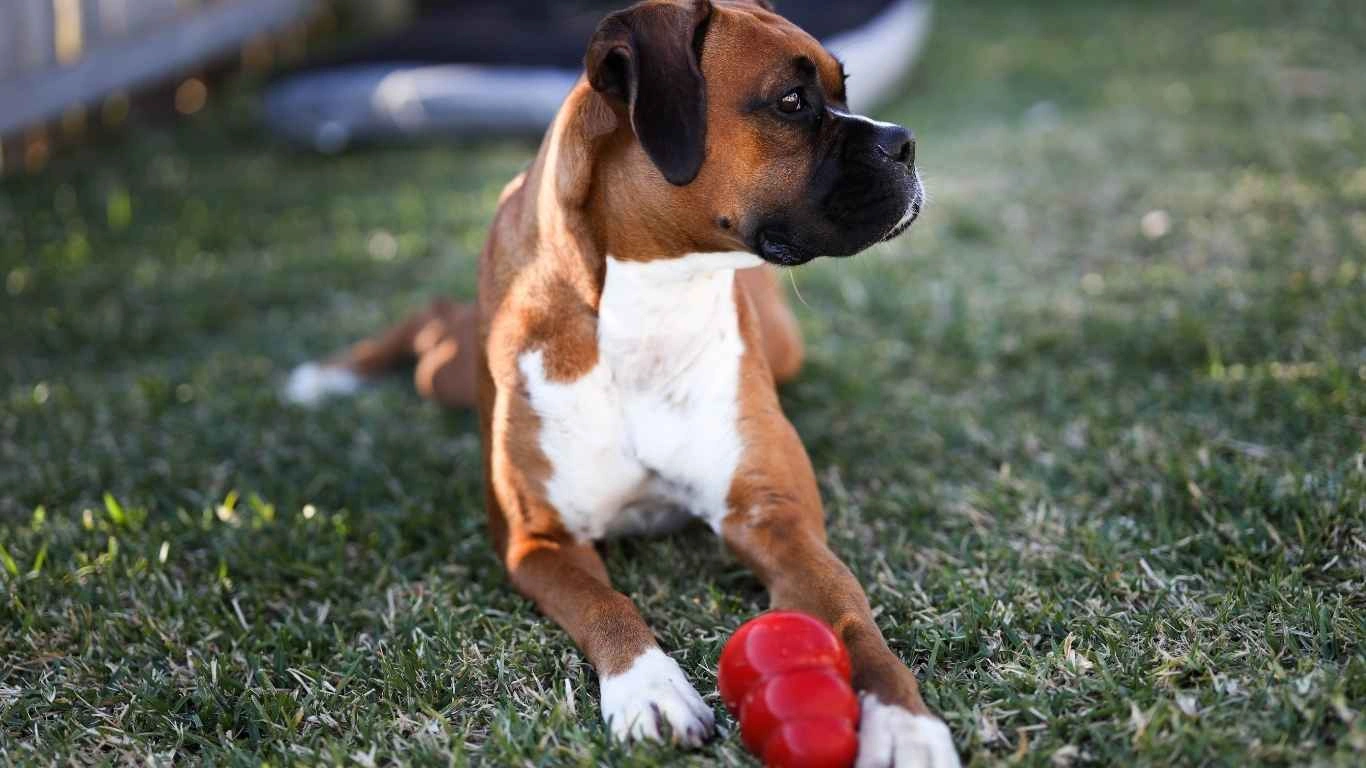
Alright, let’s dig into what should actually go into the bowl. Here are some fundamentals to focus on when planning the best diet for pregnant and nursing dogs:
1. High-Quality Protein Sources
Protein is the backbone of tissue development—for both the mom and her pups. Look for foods that list real meat like chicken, beef, lamb, or fish as the first ingredient. Avoid vague terms like “meat by-products.” Some great options include:
- Cooked chicken breast or turkey (unseasoned)
- Boiled eggs (great calcium and protein boost!)
- High-quality commercial puppy kibble with 28-30% protein content
I’ve seen dogs on the leaner side really perk up once they switch to a richer protein base—especially when supplemented with a little home-cooked goodness.
2. Fats (The Good Kind)
Fat provides essential energy and supports hormone production. Choose sources with omega-3 and omega-6 fatty acids for optimal coat and brain development. Try:
- Fish oil (but not too much—ask your vet!)
- Flaxseed or salmon-based kibble
- Chicken fat or beef tallow (found in quality commercial foods)
Quick story—I had a rescue pup named Rosie who was losing her coat after weaning her litter. Turns out her diet was way too low in fat. We adjusted her food, added some fish oil, and within weeks her coat was thick and glossy again. Simple tweaks make a big difference.
3. Carbs and Fiber
Don’t skip out on carbs—they provide the energy mama dogs need to keep up with their litters. Stick with digestible, whole sources:
- Brown rice
- Sweet potatoes
- Oatmeal
Fiber also keeps digestion moving smoothly, especially when appetite fluctuates. But go easy—too much can crowd out more important nutrients.
4. Calcium and Phosphorus Balance
These minerals are critical for fetal bone development and milk production. But don’t go overboard—too much calcium can actually cause issues like eclampsia. The safest route? Use a commercial food labeled for “growth and reproduction” that meets AAFCO guidelines. Supplements should only be added under a vet’s supervision.
What to Avoid in a Pregnant or Nursing Dog’s Diet
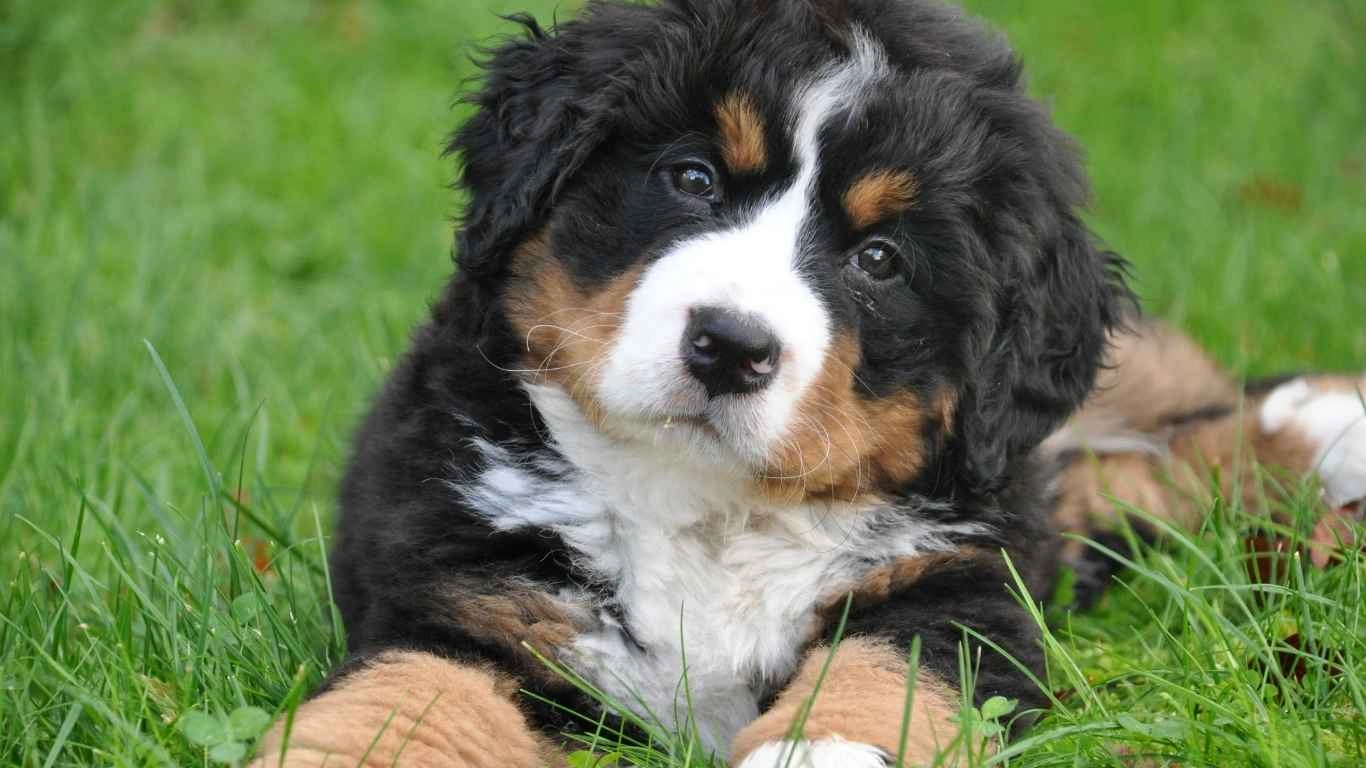
This is where things can get tricky, especially if you like giving your pup table scraps. Here’s what I always tell clients to watch out for:
- Raw meat or eggs: Risk of salmonella or listeria, which can be dangerous during pregnancy.
- Calcium supplements: Can cause developmental issues unless prescribed.
- Too many treats: These can displace essential nutrients. Aim for no more than 10% of daily calories from treats.
- Foods with artificial preservatives, colors, or fillers: These offer zero nutritional benefit.
When in doubt, keep it clean, balanced, and vet-approved. Nutrition during this time isn’t just about feeding—it’s about fueling life, and giving those tiny pups the strongest start possible.
Feeding Schedule for Pregnant and Nursing Dogs: Timing is Everything
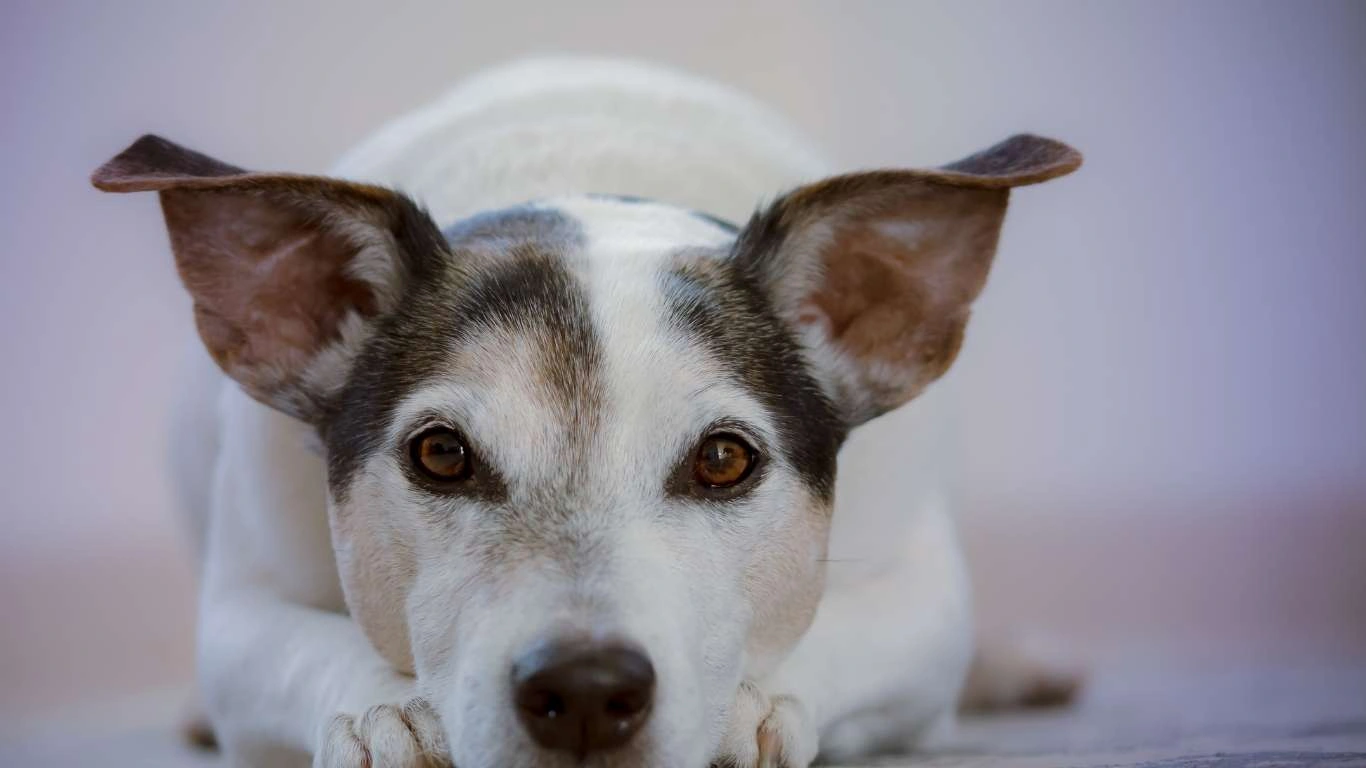
One thing I’ve learned over the years—especially working with nervous first-time dog moms—is that when you feed can be just as important as what you feed. In those last few weeks of pregnancy, a dog’s belly space gets pretty cramped. Those growing pups leave very little room for large meals, which means it’s usually best to split her daily food intake into smaller, more frequent meals.
Here’s a general feeding schedule I’ve recommended to pet parents at the clinic. Of course, always tweak based on your dog’s size, appetite, and vet advice:
- Late pregnancy (weeks 6-9): Feed 3–4 smaller meals per day
- Week 1 of nursing: 3–4 meals per day, possibly adding a late-night snack
- Weeks 2–4 of nursing: This is peak milk production. Offer food free-choice (leave it out all day) or feed 4–5 times daily
I used this method with a mama pit mix named Lulu at the shelter. She was petite but had 9 puppies—yes, 9! Free-feeding saved us during her nursing phase. It took pressure off her and ensured she was never running on empty.
How Much to Feed?
This is where you’ve got to eyeball a bit. Every dog is different, but a nursing dog often needs double or triple her usual food intake. Use a body condition score to guide you—if ribs are showing, bump up the calories. If she’s putting on extra weight, scale back slightly.
And yes, I know it can feel like a guessing game at first, but trust me, you’ll get into a rhythm. Pay attention to her energy, milk production, and appetite. Those are your three golden indicators.
Do Pregnant and Nursing Dogs Need Supplements?
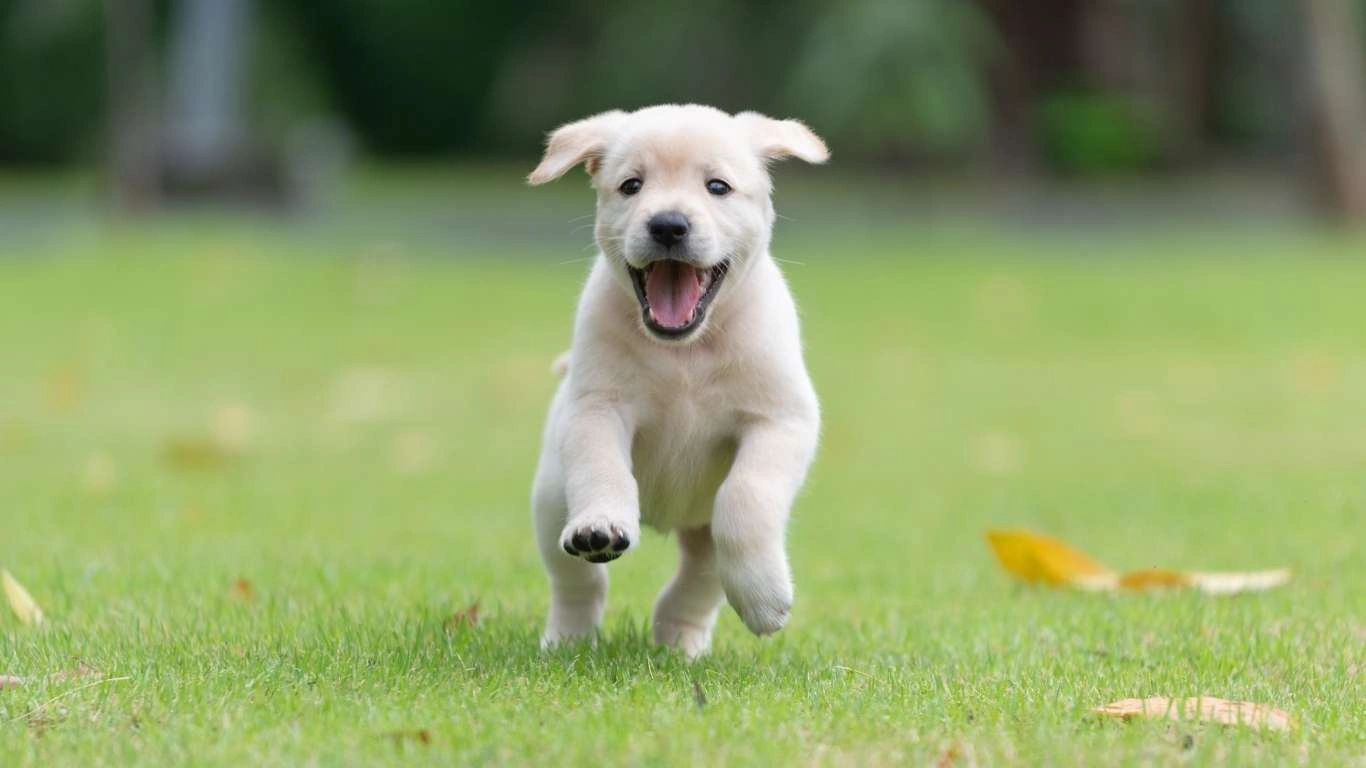
This is one of the most common questions I get from pet parents—and for good reason. It’s easy to feel like you’re not doing enough if you’re not sprinkling powders or dropping oils into every bowl. But let’s clear the air:
If your dog is on a complete and balanced commercial diet (especially one formulated for puppies or reproduction), she likely does not need extra supplements. In fact, adding things like calcium or iron without veterinary direction can be harmful.
When Supplements Might Be Necessary:
- Homemade diets: These often need supplementation to meet all nutrient requirements. Talk to a vet or canine nutritionist before mixing things up on your own.
- Medical issues: If your dog has anemia, thyroid issues, or GI problems, your vet might suggest targeted support.
- Poor body condition: Underweight dogs may benefit from high-calorie boosters like fish oil or vitamin-rich toppers (with guidance).
One tip from my experience: coconut oil (in small amounts) can help with energy levels and coat condition, but again—moderation is key. Too much fat can lead to digestive upset, which you do not want to deal with mid-nursing.
Hydration: The Overlooked Nutrient

It’s not just food you have to keep an eye on. Hydration is absolutely crucial, especially during lactation. Producing milk takes a ton of fluids, and dehydration can hit faster than you think—especially in warmer climates or with larger litters.
How to Keep Her Hydrated:
- Make sure fresh water is always available
- Add warm water or low-sodium bone broth to her food to boost fluid intake
- Offer ice cubes as a treat if she’s not drinking much
I had a shepherd mix named Tessa who refused to drink from bowls after giving birth. We ended up giving her an elevated bowl, and like magic—problem solved. Sometimes it’s about finding what works for her.
Best Treats and Snacks for Pregnant & Nursing Dogs
Treats are fine in moderation, but you’ve got to make them count. This isn’t the time for cheap, filler-packed dog biscuits. Think of snacks as another way to pack in some nutrients and calories.
Healthy Treat Options:
- Plain, boiled chicken or turkey breast
- Hard-boiled eggs (great for protein and healthy fats)
- Peanut butter (xylitol-free only!)
- Pumpkin purée (supports digestion)
One of my go-to tricks at the shelter was to freeze a blend of goat milk and a bit of pumpkin in silicone molds. Instant high-calorie treat, and the mamas loved it—especially in summer!
Signs of Nutritional Trouble to Watch For
Even with the best intentions, things can occasionally go off-track. Here are a few red flags that might indicate your dog isn’t getting what she needs from her diet:
- Sudden weight loss or visible ribs/spine
- Lethargy or lack of interest in food
- Dry, flaky skin or excessive coat shedding
- Low milk supply or pups not gaining weight
- Muscle twitching or restlessness: could signal calcium deficiency
If you see any of these signs, it’s a good idea to touch base with your vet ASAP. A simple diet adjustment can make all the difference—and trust me, I’ve seen it turn things around more than once.
Nutrition isn’t just about the ingredients—it’s about observing, adjusting, and supporting mama dog through one of the most demanding chapters of her life. And when you get it right? The payoff is healthier pups, a happier mom, and a smoother journey for everyone involved.
Transitioning from Nursing to Regular Feeding: What Comes Next?
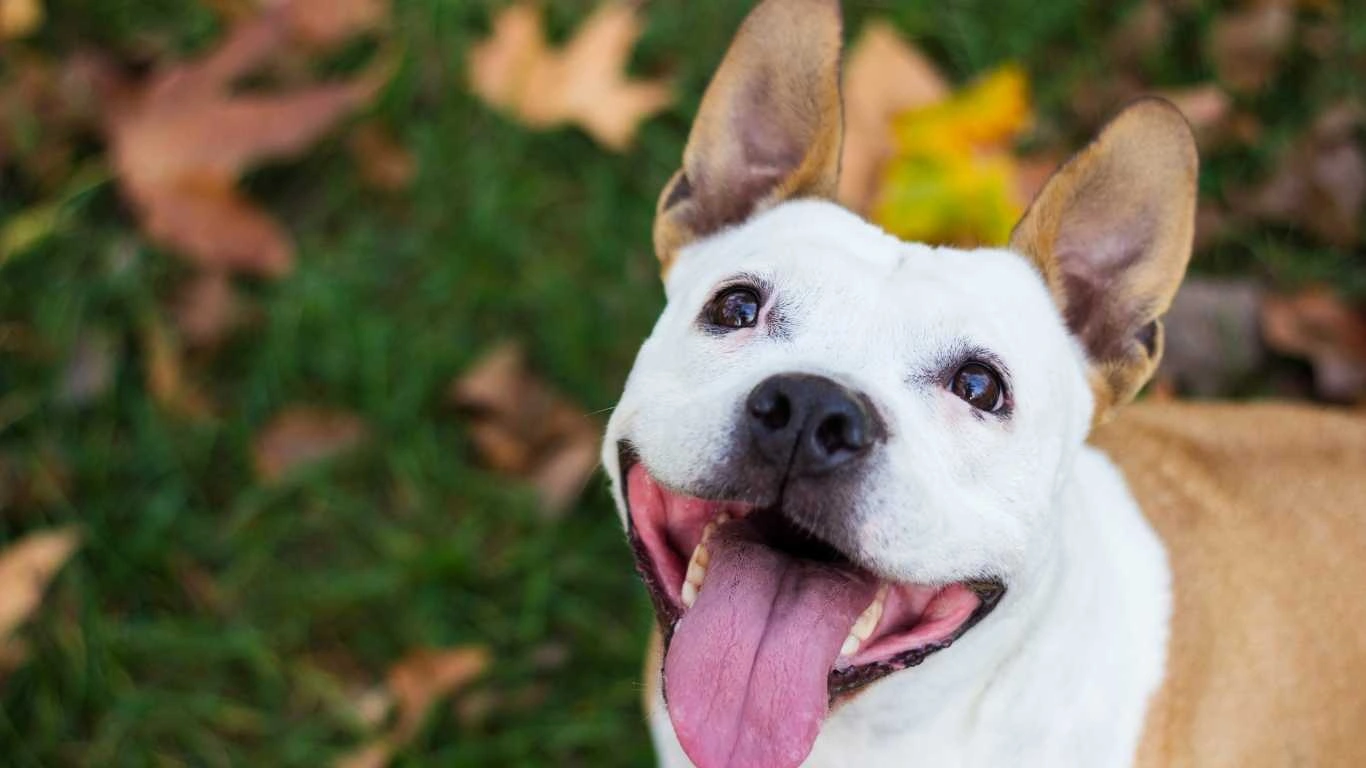
So, you’ve made it through the whirlwind of pregnancy and the chaos of nursing—now comes the transition phase. This is where things can get a little tricky, especially if you’re not sure when to begin easing mama dog back into her normal diet. I’ve worked with dozens of dogs during this stage, and believe me, it’s rarely as smooth as flipping a switch. It’s a gradual shift, and being patient is key.
Typically, by the time the pups are about 5 to 6 weeks old and starting to eat solids on their own, mom’s milk production will start to taper off. This is a good time to begin scaling back her food intake—slowly—and transitioning her away from high-calorie puppy food (if that’s what she was on). The goal is to return her to a balanced maintenance diet without shocking her system or creating a nutritional crash.
How to Taper Her Diet
- Week 5–6: Reduce her food by about 10–15% each week
- Week 7–8: Start mixing in her adult maintenance food (50/50 blend with current food)
- Week 8–9: Fully transition to her regular diet
One thing I always remind pet parents: some dogs will naturally self-regulate. Others? Not so much. I had a golden retriever at the shelter named Bailey who would keep eating like she had a dozen mouths to feed—even after weaning. In her case, we had to reduce portion sizes and encourage more movement to prevent unwanted weight gain.
Postpartum Recovery and Nutrition for Mama Dogs
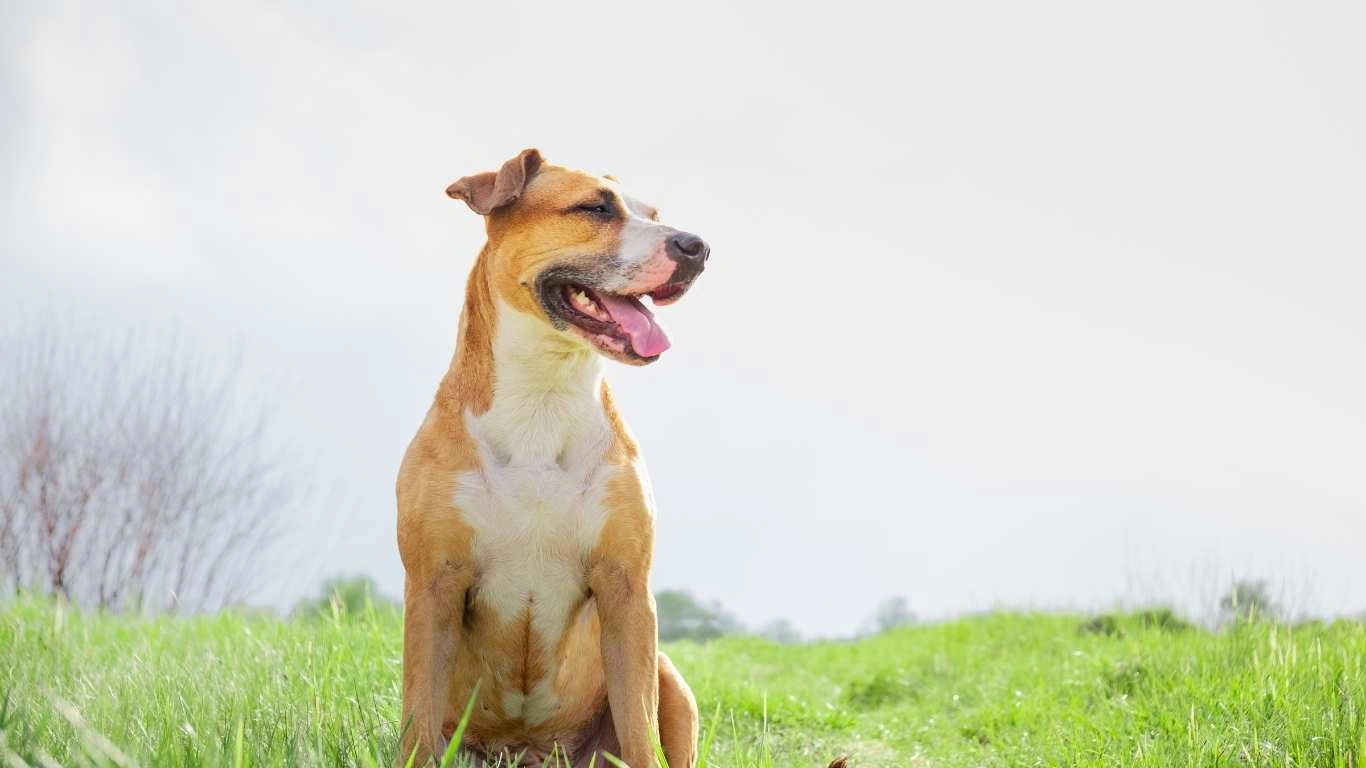
Recovery doesn’t end when the puppies are weaned. Her body has gone through months of metabolic strain, hormone shifts, and energy depletion. Just like a human postpartum experience, canine moms need time (and support) to bounce back. Nutrition plays a huge role in helping her regain strength and return to a healthy baseline.
Nutrients to Focus On Post-Nursing:
- Protein: Continue offering a quality source to rebuild muscle mass
- Omega-3 fatty acids: Support skin, coat, and reduce inflammation
- Iron-rich foods: To replenish any anemia from blood loss during birth
- Antioxidants: Vitamins A, C, and E to boost immune support
If she’s still looking worn down or thin a couple weeks after weaning, I like to add a little boost. A tablespoon of bone broth or a bit of sardine (packed in water) mixed into meals can encourage her to eat and adds a gentle nutrient punch.
Exercise & Mental Health Matter Too
Nutrition is only one piece of the puzzle. Once she’s physically recovered enough, short walks and mental enrichment are great ways to help her reset. I usually recommend food puzzle toys, scent games, or just one-on-one cuddle time to help rebuild her confidence—especially for mamas who had a tough birth or a stressful shelter environment.
Common Mistakes to Avoid With Postpartum Feeding
We all mean well, but there are some pitfalls I’ve seen more than a few times in both clinic and home settings. Here are a few big ones to avoid:
- Sticking with puppy food too long: Once she’s done nursing, it’s time to transition her off it—otherwise she may gain unnecessary weight.
- Cutting calories too fast: A sudden drop in intake can cause fatigue and drop milk supply prematurely if pups are still nursing.
- Neglecting hydration: Recovery burns fluids too—don’t forget the water bowl!
- Skipping vet checks: Nutritional recovery varies; blood work or a physical exam may uncover hidden deficiencies.
One case that sticks with me was a mama Boxer who seemed fine after weaning, but her energy crashed out of nowhere. Blood tests showed she was borderline anemic. We added a few iron-rich toppers and within a week she was back to her playful, wiggly self. Always worth checking if something feels “off.”
Best Diet for Pregnant and Nursing Dogs: Final Thoughts from the Field
After working with so many incredible dog moms over the years, the one thing that stands out is how resilient they are—but they need our help to thrive. The best diet for pregnant and nursing dogs isn’t about following a rigid rulebook. It’s about staying flexible, watching your dog closely, and adjusting as needed. Whether you’re working with a pampered pup at home or a rescued mama at a shelter, consistency, quality food, and love go a long way.
Above all, never be afraid to reach out to a vet or a certified canine nutritionist when in doubt. Dog pregnancy and nursing nutrition isn’t one-size-fits-all, and there’s no shame in asking for guidance. In fact, it’s the smartest thing you can do.
References
Disclaimer
This content is based on professional experience in animal care and is for informational purposes only. It should not replace veterinary advice. Always consult your veterinarian before making changes to your dog’s diet, especially during pregnancy and lactation.
